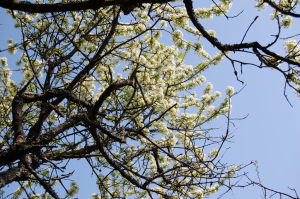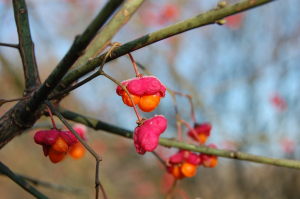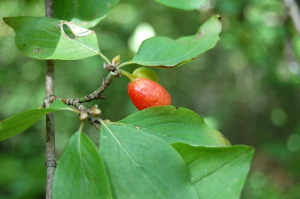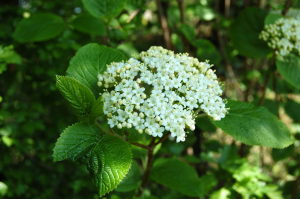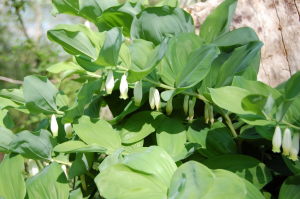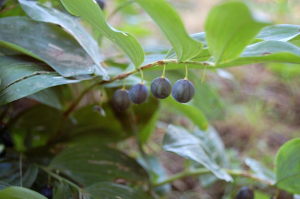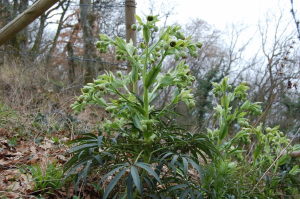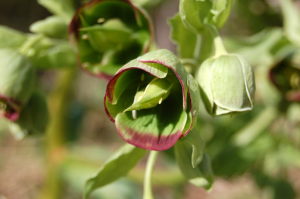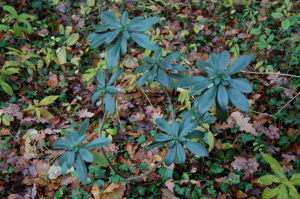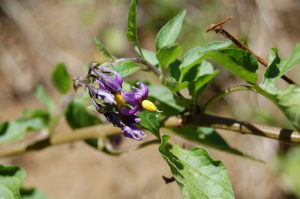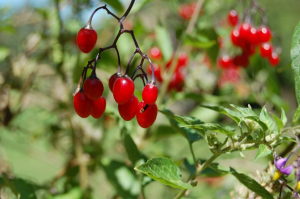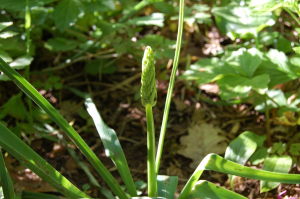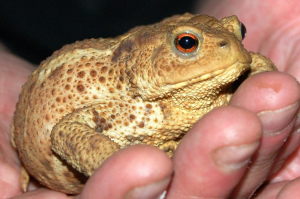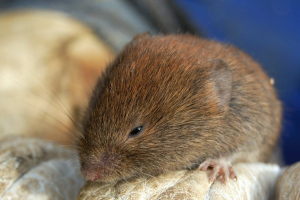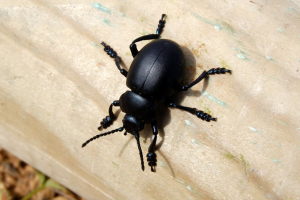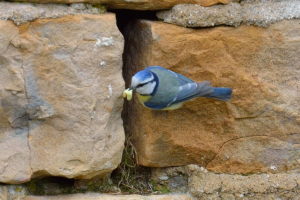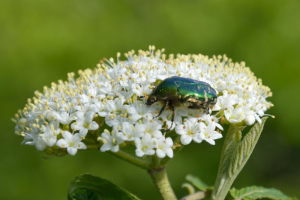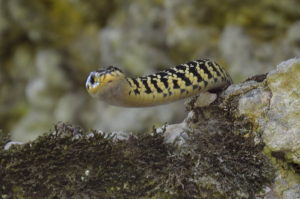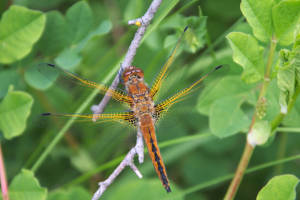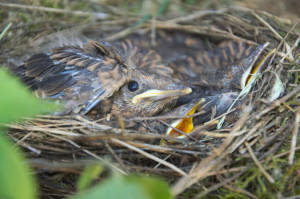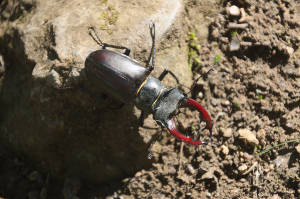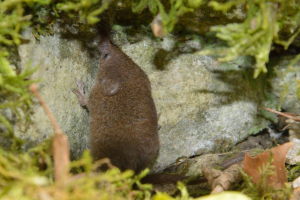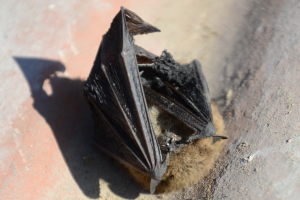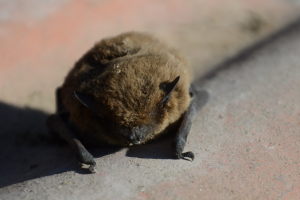A varied vegetation
Since its declassification, the quarry battery has been overgrown with vegetation. The shooting ranges and the exterior barrier are now covered with trees. The main species are oak (Quercus pubescens), maple (Campestre Acer), hawthorn (Crataegus monogyna), cherry (Prunus mahaleb) and common white beam (Sorbus aria).
On the edge of the wooded area, on the crossings and the barracks, grow spingle (Evonymus europaeus) whose fruits, pink capsules showing orange seeds at maturity, are often called "bishop's caps", the dogwood (Cornus mas), the wayfaring tree (Viburnum lantana).
Scented Solomon's seal :
Polygonatum odoratum, is characterised by its angular stem, tubular flowers, solitary or in pairs, without cavities at mid-tube length, The fruits when ripe can cause serious digestive and heart problems.
Dungwort :
Helleborus foetidus, from 30 to 45 cm high, it reaches 80 cm à 1 m during flowering. The foliage becomes darker in winter. When the leaves are wrinkled, they give off an unpleasant smell.
Wood Laurel :
Daphne laureola, this evergreen shrub can reach 1 m high. It flowers at the end of winter and its fruits, in summer, seem to be small green olives that turn dark blue. The whole plant is toxic.
Bittersweet :
Solanum dulcamara, Its stems can reach 3 m long and it can scramble on shrubs. It can occur that flowers and (toxic) fruits can be observed simultaneously on the same plant.
Wild asparagus :
Ornithogalum pyrenaicum, is a bulbous plant, with a fairly large floral stem, at the top of which the floral buds are formed in a spike. The young shoots are edible, hence the names “asparagus from the woods” or “baby asparagus” which are sometimes given to it. The flowers are greenish white and bloom from the bottom.

